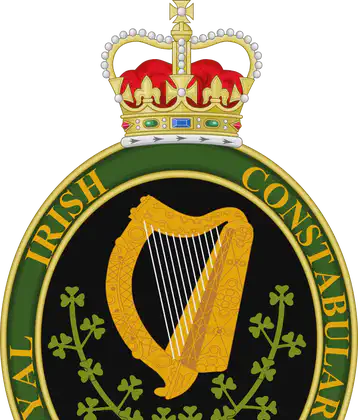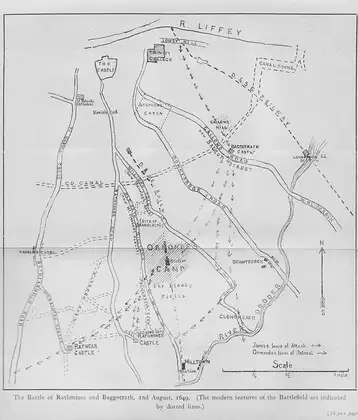On August 01, 1872 in Celtic History
Gladstones first land act, decreeing that tenants who were evicted be compensated for improvements and that tenant who were evicted for any reason other than nonpayment of rent should also be compensated

Gladstone’s First Land Act, officially known as the Irish Land Act of 1870, was a significant piece of legislation introduced by British Prime Minister William Ewart Gladstone. The Act was part of Gladstone’s broader effort to address the “Irish Question” and aimed to improve the conditions of tenant farmers in Ireland, where land ownership and tenancy issues were a major source of social and political unrest.
Background
- Irish Land Tenure System: The land tenure system in Ireland during the 19th century was deeply problematic. Most of the land was owned by a small number of landlords, many of whom were absentee English or Anglo-Irish, while the majority of the population were tenant farmers who had little security of tenure. Tenants could be evicted with little notice, often without compensation for improvements they had made to the land.
- Rising Discontent: The unfairness of this system led to widespread discontent among Irish tenant farmers. The issue of land reform became a central demand of Irish nationalism, leading to the rise of various agrarian movements advocating for tenants’ rights.
Key Provisions of the Irish Land Act of 1870
- Compensation for Improvements: One of the key provisions of the Act was that tenants who were evicted would be compensated for any improvements they had made to the land. This was intended to ensure that tenants would not lose the value of their investments in the land, such as buildings, drainage, or other enhancements, if they were forced to leave.
- Compensation for Unjust Evictions: The Act also decreed that tenants who were evicted for reasons other than nonpayment of rent were entitled to compensation. This provision was aimed at protecting tenants from arbitrary or unfair evictions and provided some measure of security against the whims of landlords.
- Ulster Custom: The Act gave legal recognition to the “Ulster Custom,” a set of traditional rights in the northern province of Ulster where tenants had greater security of tenure. This custom included rights such as the right to sell the “goodwill” of their tenancy to an incoming tenant, effectively creating a market for tenant interests.
- Fair Rent: Although the Act did not impose a statutory right to “fair rent,” it did allow tenants to seek redress in court if they believed they were being charged an unfair rent, setting the stage for future legislation that would address this issue more directly.
Impact and Legacy
- Mixed Reception: The Act was a landmark in that it recognized, for the first time, the need to protect tenant rights in Ireland. However, it was met with mixed reactions. Some tenants felt that it did not go far enough in addressing their grievances, particularly because it did not establish clear protections against high rents or guarantee long-term security of tenure.
- Land War and Subsequent Legislation: The limitations of the 1870 Act became evident during the Land War of the late 1870s and 1880s, a period of intense agrarian agitation in Ireland. This unrest led to further land reforms, most notably the Irish Land Act of 1881, which introduced the “Three Fs”—fair rent, free sale, and fixity of tenure—as legal rights for tenants.
- Step Towards Home Rule: Gladstone’s efforts at land reform, including the 1870 Act, were part of his broader policy of addressing Irish grievances. These efforts contributed to his eventual conversion to the cause of Irish Home Rule, which aimed to give Ireland its own parliament and greater autonomy within the United Kingdom.
Gladstone’s First Land Act of 1870 was an important early attempt to address the injustices of the Irish land system. While it did not resolve all issues, it set a precedent for further reforms and was a key step in the long and complex process of improving the rights and conditions of Irish tenant farmers.
More From This Day



Irish Constabulary Act sets up county police forces and salaried magistracy
August 01, 1822
The Act of Union dissolves the Irish parliament and transfers legislative powers to Westminster
August 01, 1800



Jones defeats Ormond at Rathmines, ending royalist hopes of taking Dublin
August 01, 1649




Druids of Gaul recognize Roman authority in exchange for religous toleration.
August 01, 18 BC